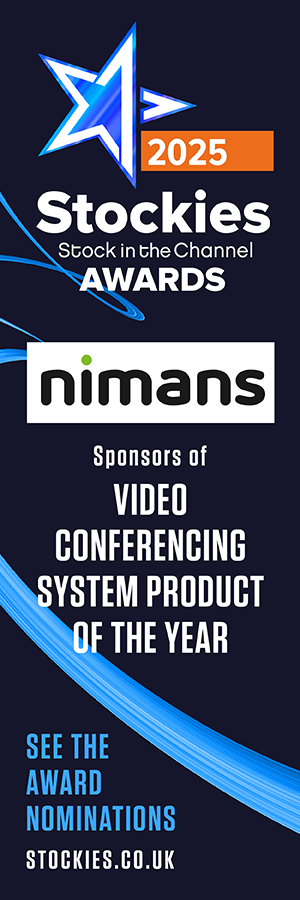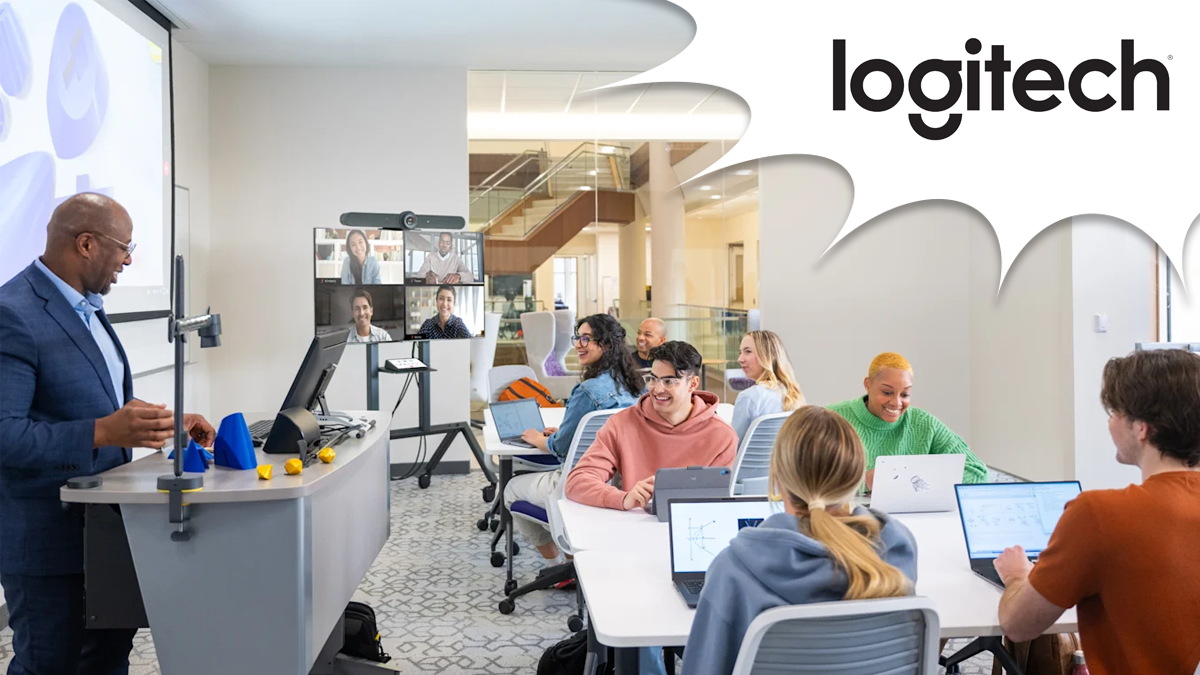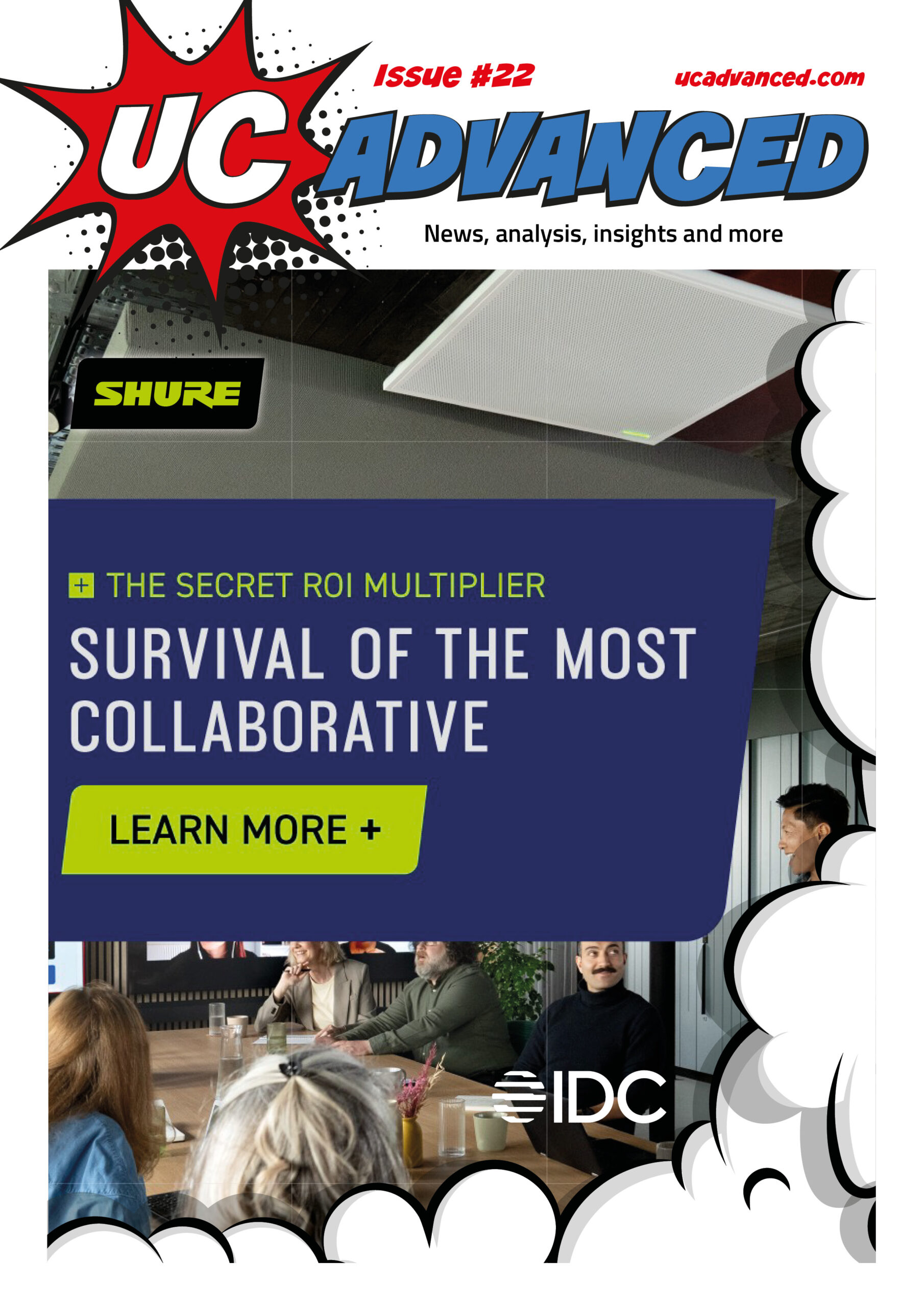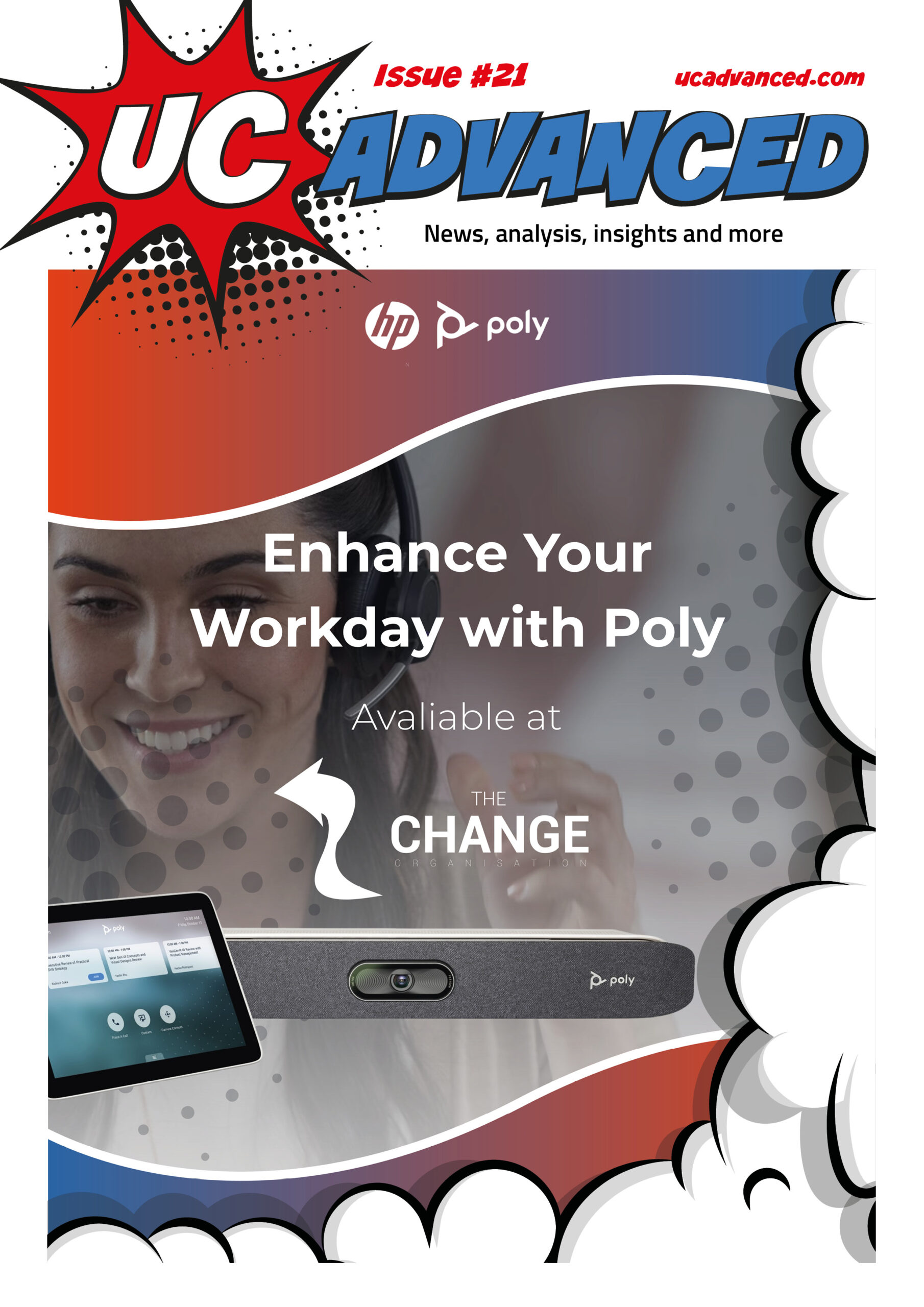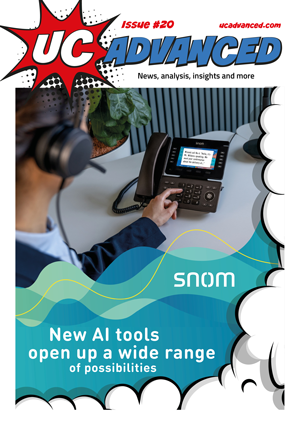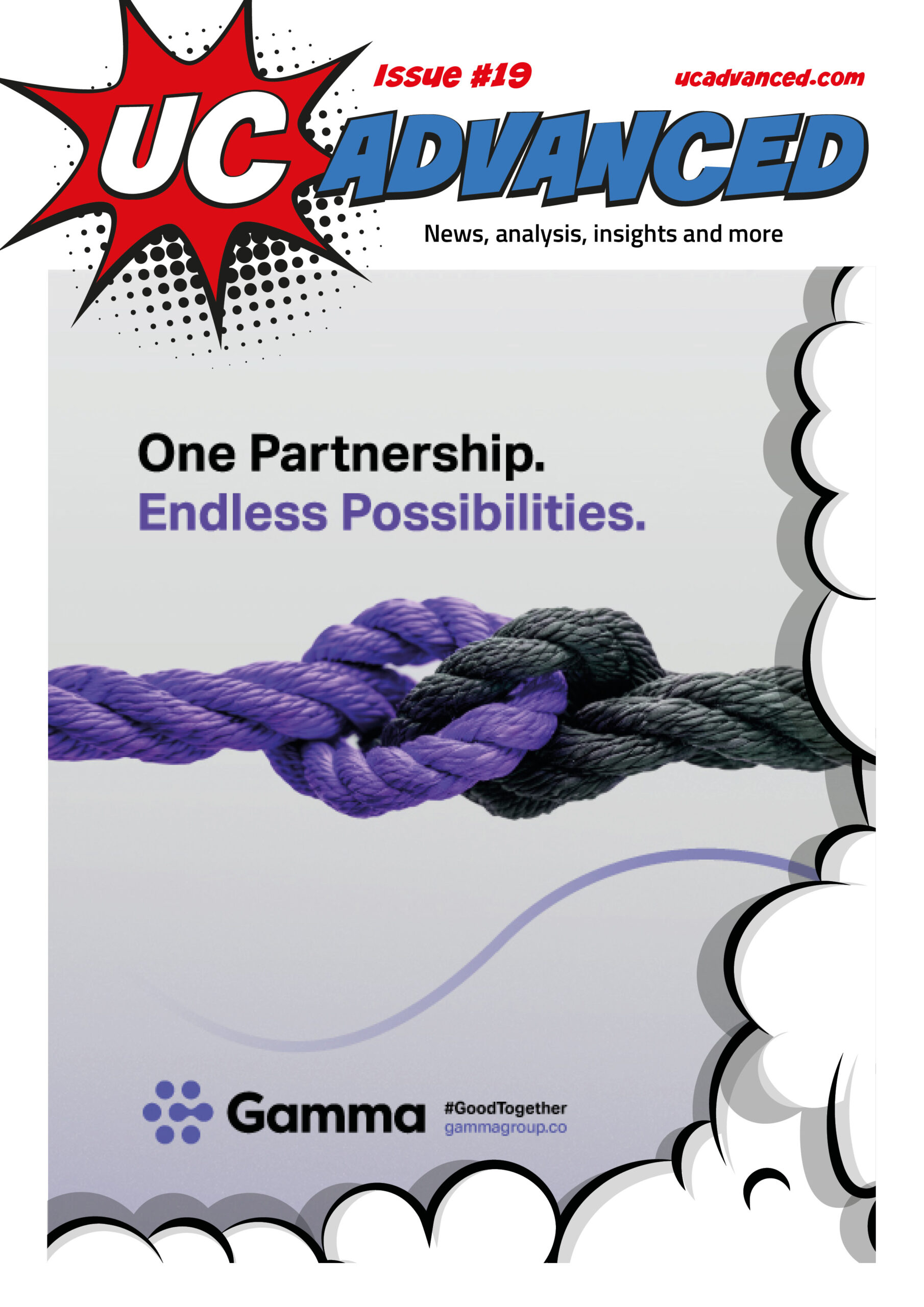Today’s classroom and lecture hall is not your father’s blackboard and chalk setup. Students today are used to being surrounded by technology that makes life easier and engaging. Bett, or the British Educational Training and Technology Show, is the perfect platform for these new education technologies to be showcased. At the event this year, which was also the show’s 40th anniversary, more than 35 000 attendees descended on the ExCeL Centre in London to talk shop, and school.
It was at this buzzing event that I had the pleasure of meeting Gaurav Bradoo at Logitech’s stand in the middle of the show floor. He is the Director and Head of Product for Education at Logitech and came to share how they are shaping AV technology for education. With a perceived shift in focus to higher education across the entire Bett, Gaurav stated that, “For us it’s amazing because we are able to tell that seamless story all the way from K-12 to higher ed.”
So that begs the first question, for those of us who haven’t seen the inside of a classroom since graduating – what makes the modern classroom different? How is this technology really impacting the lives of students? We spoke with Gaurav to find out…
From Whole-Class Instruction to Individualised Learning
If you’ve been tracking the latest tech trends, you’ve likely noticed the surge of personalisation shaping our digital experiences. Algorithms curate social media feeds based on individual interests, streaming platforms recommend content down to specific actors we might favour, and targeted ads seem to know our preferences better than we do. So, why should education be any different? If children receive this level of tailored interaction through technology at home, shouldn’t their learning environments offer the same?
“We’re witnessing a shift from whole-class instruction to small group learning, and ultimately to individualised education,” explains Gaurav Bradoo.
Logitech’s technology is designed to impact all three levels, with a particular focus on enhancing auditory learning experiences. The challenge is to create an environment where each student’s learning style – whether visual, auditory, or kinaesthetic – is supported seamlessly.
Multimodal learning platforms are emerging as a key solution, especially in the U.S., where their adoption is accelerating. Writing is important to development, but what do you do without paper? Tablets and laptops have replaced paper for many tasks, but the real transformation lies in the growing emphasis on auditory learning. Listening and speaking skills are becoming just as critical as reading and writing, reflecting the diverse ways students process information.
For collaborative learning, tools like the Logitech Mevo Wireless Streaming Camera enable students to create videos that enhance their understanding of complex topics. Video production isn’t just about hitting the record button – it fosters a wide range of skills, from literacy and storytelling to leadership, project management, and digital literacy. Students learn to script, organise timelines, and communicate effectively, turning content creation into a dynamic educational tool. Today’s assignments are less about writing traditional reports and more about producing podcasts, videos, and interactive media projects.
When it comes to individualised learning, technology plays an even more crucial role. Teachers face the challenge of ensuring every student can see and hear clearly, especially in mixed-ability classroom settings. Video technology bridges this gap, offering personalised access to content that meets each learner’s unique needs. This not only promotes equal opportunities for all students but also enhances language acquisition and gives every student the chance to learn in their own, preferred way.
Take Logitech’s Scribe, for example – a tool that transforms any 6×8 whiteboard into a high-contrast, digitally captured canvas. As instructors write, their hands become semi-transparent, ensuring the content remains visible. Once the writing is complete, it sharpens automatically for better clarity. It’s like having a built-in movie director, subtly enhancing the experience without distracting from the content.
Video as a Learning and Teaching Tool
For educators, ease of use is key when integrating technology into the classroom. While the digitisation of documents has streamlined teaching materials, a significant gap remains when it comes to showcasing physical objects. A standard document camera may seem like a solution, but it falls short – teaching isn’t just about capturing a flat, static view.
This is where Logitech Reach comes into play. With a flexible, repositionable camera, teachers can seamlessly bring content into focus without worrying about the tool itself. Instead of asking, “Can you see this?” they can dynamically adjust the camera’s angle and perspective, providing students with an immersive learning experience.
Gaurav also detailed that some interesting but unexpected use cases have also emerged. For example, a teacher initially intended to use the camera for displaying worksheets but instead found it useful for observing a butterfly’s metamorphosis in real time. By clamping the camera to a bookshelf, the class was able to witness the butterfly’s transformation over an entire week, allowing even students in the back to stay engaged, instead of just passing the jar around and risk breaking it.
Or, in higher education, a history professor, faced with the challenge of displaying delicate, hermetically sealed artifacts, used the camera to provide detailed close-ups to students in another room while narrating in real time. In medical and biology courses, the tool has been leveraged to examine skulls and anatomical specimens, offering hands-on learning without direct physical contact.
Making Technology Invisible – the Ergonomic Disappearing Act
As education evolves, so too does the role of technology in the classroom. With a focus on higher education, a need for hyper-participation and flexible learning (HyFlex) technology has emerged. Today’s students aren’t just passive recipients of information; they expect engaging, dynamic content. As Gaurav aptly put it, “YouTube gives me amazing content – why can’t my professor, whom I pay a lot of money to see, deliver the same experience?”
This growing expectation has forced universities to rethink how they deliver both live and pre-recorded content. The challenge lies in fighting for students’ attention while ensuring that technology doesn’t become a barrier. Enter solutions like the Rally Camera Streamline Kit – a simple, scalable system designed to fit seamlessly into any learning environment, from 400-person auditoriums to intimate seminar rooms.
The goal is to eliminate the cognitive load on educators. Imagine a physics professor trying to toggle between camera presets, control the lighting, and manage the lesson – all while maintaining the flow of teaching. This kind of multitasking breaks the rhythm of a class. By simplifying controls to intuitive buttons with PTZ (pan-tilt-zoom) presets, lecturers can focus solely on teaching. Walk into a room, glance at the podium, and it’s immediately clear how to use the system – no media training required. “If you can forget this product exists, I’ve won,” says Gaurav.
Meanwhile, AI-driven lecture capture and real-time transcription have redefined classroom engagement. Students no longer scramble to take notes, freeing them to participate more actively in discussions. New products like the Logitech Rally Board 65 are pushing boundaries even further, creating “digital cocoons” in open spaces to provide audio-visual separation, making common areas just as effective for learning as traditional classrooms.
From the creation of content like movie directors to the ability of technology to fade into the background due to smart ergonomic design, Logitech’s AV products for Education will be tough competition to any brand fitting classrooms and lecture halls. Ultimately, the mission is clear: lower the barrier to entry, remove technological friction, and let learning take centre stage. When the tech fades into the background, that’s when it’s truly doing its job.

